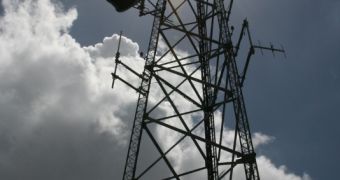The world's fastest 3G network has been announced as being on its way to be fired up in Denmark and Sweden by wireless carrier 3 Scandinavia and telecommunications solutions provider Ericsson. The two companies have signed a 3-year partnership through which they plan on deploying the first 3G network in the world that will deliver top speeds of 84Mbps, and which is said to be launched in the first half of the ongoing year.
Peder Ramel, CEO at 3 Scandinavia, says “We were the first to launch turbo 3G in the Nordic region and now we are first signing up for the world's fastest 3G. Our Scandinavian customers are sophisticated users with high demands in terms of mobile broadband services. Ericsson is evolving our network so we can meet these demands and give our customers true connectivity, wherever they are - from city office to country cottage.”
According to the wireless carrier, mobile phone users in Denmark and Sweden should be looking forwards for the launch of the new network, which is planned to deliver speeds that are four times faster than those provided by any 21Mbps network. The roll-out is planned to cover the entire Denmark, as well as four major cities in Sweden, and the coverage will be enhanced through a new 900MHz 3G network, the first of the kind in Sweden.
Mikael Bäckstrom, head of Market Unit Nordic and Baltics at Ericsson, states “This is an exciting opportunity to provide 3 and its users in Sweden and Denmark with our high quality technology and services. The confidence 3 is showing in us and our products is a result of our focus on being a long-term partner and contributing to 3's ambitions for high-speed mobile broadband services in Scandinavia.”
The three-year agreement between the two companies includes the upgrade of HSPA Evolution capacity of the carrier's existing 3G network all the way to 84Mbps, in addition to the deployment of the new WCDMA/HSPA radio access network on the 900MHz band. Moreover, Ericsson will also offer IP-based optical and microwave backhaul to the carrier, along with support services. The deployments are expected to begin during the first quarter of the year, the duo stated.

 14 DAY TRIAL //
14 DAY TRIAL //